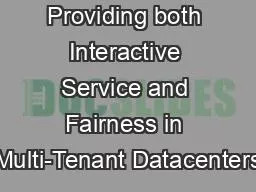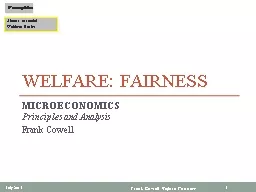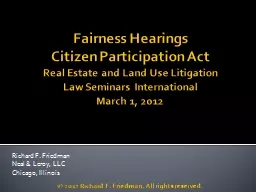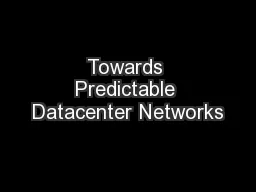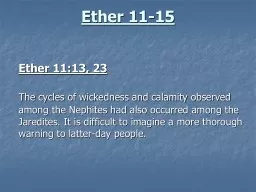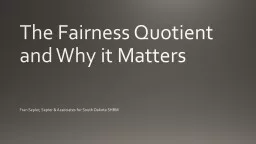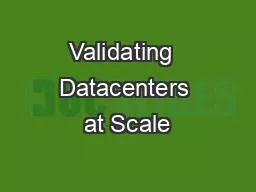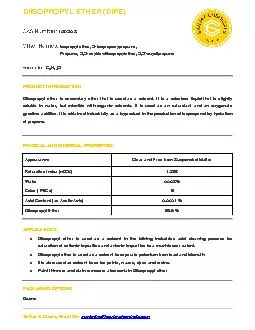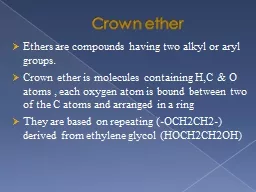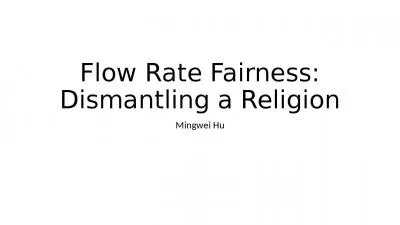PPT-Ether: Providing both Interactive Service and Fairness in Multi-Tenant Datacenters
Author : genderadidas | Published Date : 2020-10-22
Mojtaba Malekpourshahraki Brent Stephens Balajee Vamanan Modern datacenter Datacenters host multiple applications with different requirements Memcache delay
Presentation Embed Code
Download Presentation
Download Presentation The PPT/PDF document "Ether: Providing both Interactive Servic..." is the property of its rightful owner. Permission is granted to download and print the materials on this website for personal, non-commercial use only, and to display it on your personal computer provided you do not modify the materials and that you retain all copyright notices contained in the materials. By downloading content from our website, you accept the terms of this agreement.
Ether: Providing both Interactive Service and Fairness in Multi-Tenant Datacenters: Transcript
Download Rules Of Document
"Ether: Providing both Interactive Service and Fairness in Multi-Tenant Datacenters"The content belongs to its owner. You may download and print it for personal use, without modification, and keep all copyright notices. By downloading, you agree to these terms.
Related Documents

